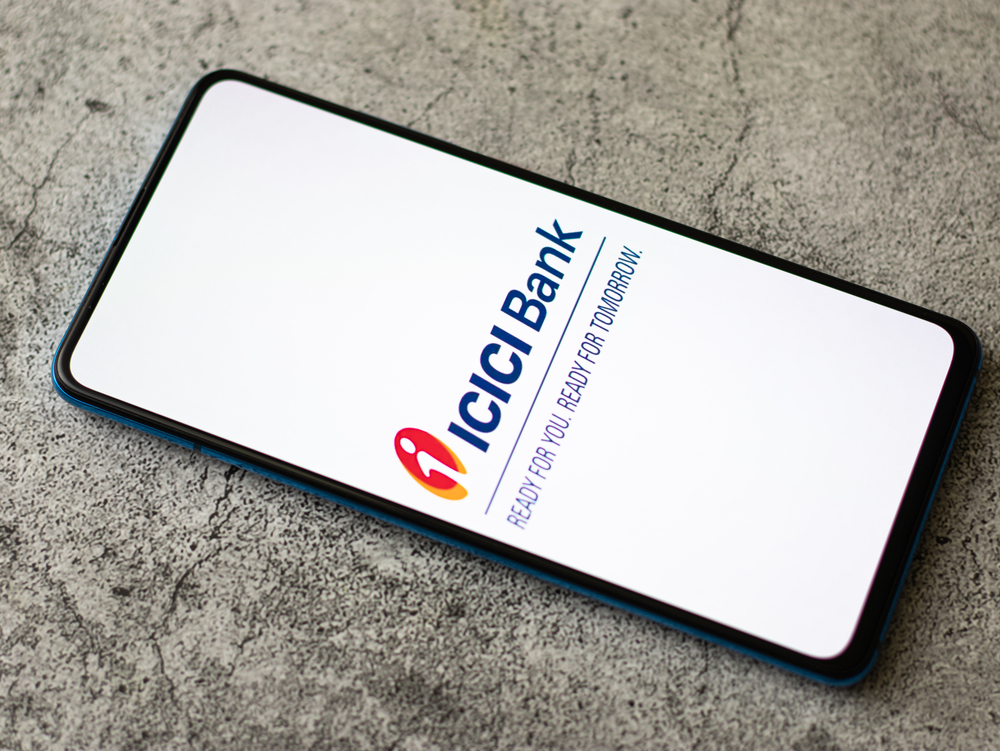How To Choose A Debt Fund

The recent turmoil in the credit space has changed the retail investors’ perception towards debt funds. Previously considered by many as low risk investments, debt mutual funds are now being looked at from a very different lens. As a matter of fact, retail investors are shying away from investing in debt funds due to their perceived risk levels. Just like any other investment, debt mutual funds carry varying levels of risk based on their tenure and types of paper held in the fund. When choosing to invest in a debt scheme, there are a few factors that investors must consider.
Performance – all investors know that past performance is not an assurance of future performance. However, it is logical to assume that if a particular scheme has historically performed well over multiple credit cycles then it is being managed astutely and has a higher probability of delivering good returns in the future. The important thing here is to not look at returns in silos and to evaluate returns over multiple time cycles and interest rate regimes. This becomes imperative for long-term debt funds and dynamic bond funds as the impact of interest rates on these funds is higher.
Scheme category – Sebi’s scheme categorization has been helpful in not just understanding equity funds but also debt funds. As per Sebi regulations, different funds can be categorized basis their Macaulay duration. Additionally, scheme categorization will also help you understand the types of papers a particular scheme is investing in and the schemes consequent credit exposure. This can be instructive when determining the risk level of the debt fund investment.
Modified duration - interest rates are inversely related to the price of a debt security; as interest rates increase the price of fixed income securities fall and as interest rates decrease, the price of fixed income securities rise. Modified duration basically measures the sensitivity of a debt security to changes in interest rates. Therefore, the higher the modified duration, the higher the interest rate sensitivity. In case the scheme has higher modified duration, the impact of interest rate movements on the price of invested securities will be higher.
Rating profile – the fund rating becomes an important parameter to consider when choosing to invest in credit risk funds and accrual funds. A funds rating will essentially tell you about the quality of the paper it holds and its consequent ability to repay its commitment.
When making an investment decision, consider the various factors that can impact the risk profile and return metrics of your chosen investment and ensure that they are aligned with your investment goals.









